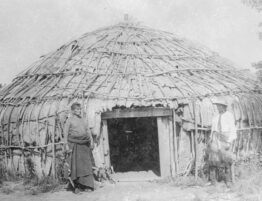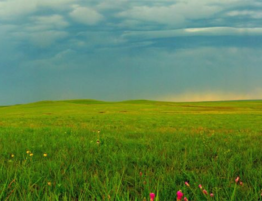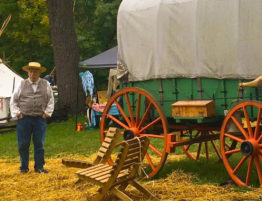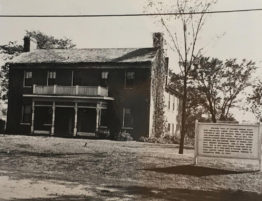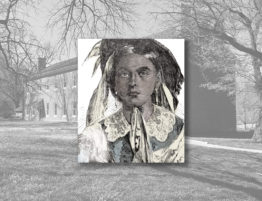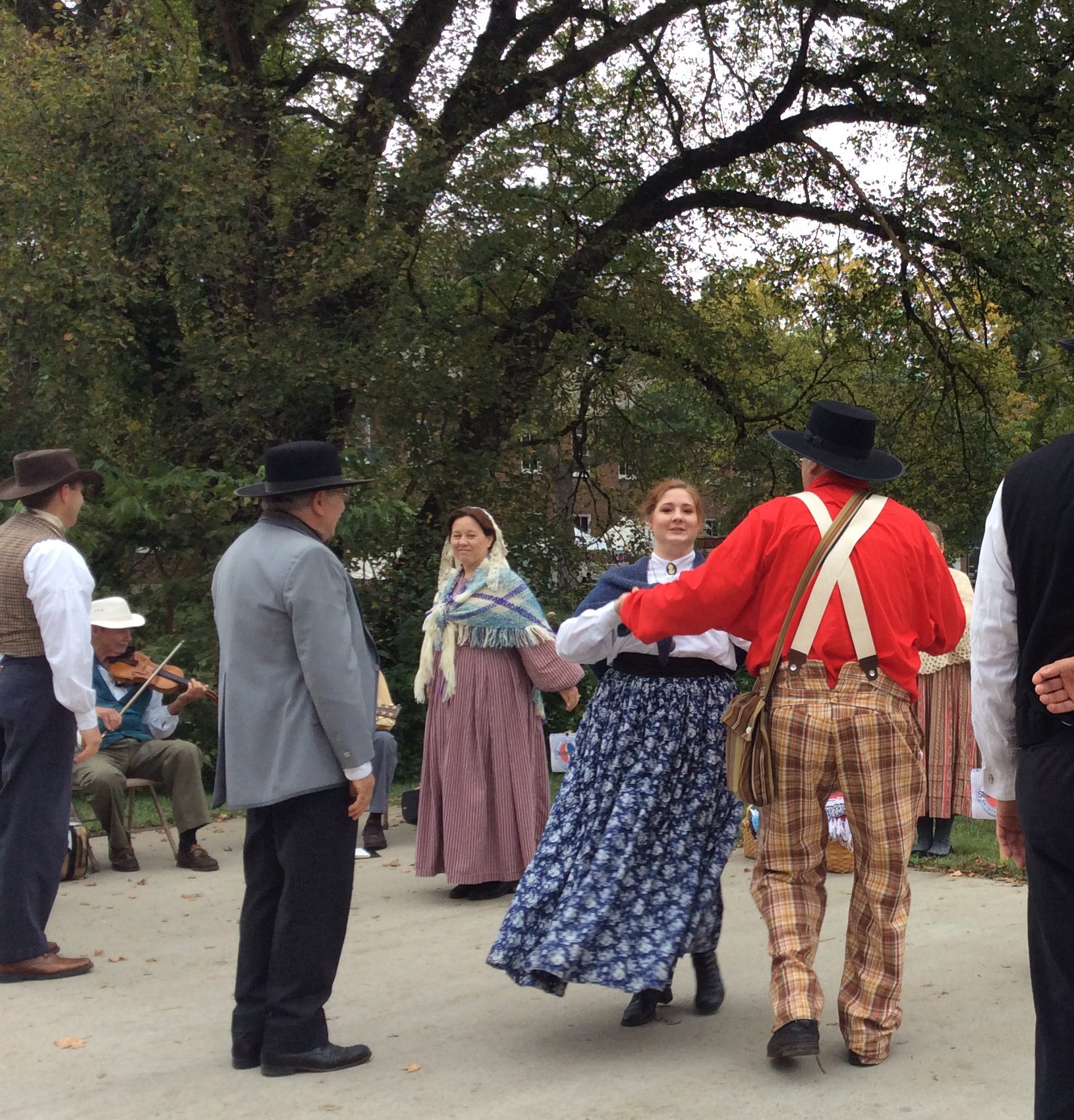
The Shawnee Indian Mission is a valuable community resource. It’s a gathering place, a showcase, a landmark and a learning center. The many organizations that serve as Mission partners enable the Mission to offer to attract and engage visitors of all ages. This column focuses on one such partner.
Ninety years ago, a group that’s been described as “feisty, determined, maybe stubborn women” saved the Shawnee Indian Mission. They recognized its historic significance and the importance of the stories it told about our region and our people.
In 1927, working through back-channels and enlisting the help of some influential spouses, these ladies managed to get the State of Kansas to buy the Mission property. The Mission was privately owned from 1865 to 1927 and these wise ladies feared that developers were lurking nearby.
Three years later, on October 20, 1930, the ladies – and a few like-minded gentlemen — formed the Shawnee Indian Mission Historical Society “to support the preservation of the Mission buildings and grounds” and “to collect, catalogue and preserve materials that document the true history of the Mission.”
As promised, the Society has been protecting, preserving and providing for the Mission ever since. In fact, the Society, now nicknamed SMISH (a creative shuffling of the its initials) is the oldest continuously operating historical society in the state of Kansas.
During its nine decades, SMISH volunteers have provided display cases and audio-visual equipment for the East Building; managed the construction of the cabin and the storage shed for living history supplies; collected resources for the library in the North Building; and most recently, contributed to the high-tech research project at the cemetery on Shawnee Mission Parkway.
John Forbes, a long-time SMISH member and historian with encyclopedic knowledge of the Mission, noted that the current focus of the group is “relating the on-site archives of the Mission with those on Shawnee tribe.” Forbes mentioned one project that particularly interests him and draws directly on our new partnership with the Shawnee Tribe.
Using the original student data cards in the Mission collection as a starting point, Forbes and his collaborators will collect additional information from the tribal archives in Oklahoma. The goal is to develop an accurate – and whenever possible, anecdotal — profile of every Native American student who attended the Mission. Ideally that information will be compiled in a searchable database available both at the Mission and at the Shawnee Tribe Cultural Center in Miami, Oklahoma. Once again, SMISH is a critical partner in preserving history and creating a valuable resource for descendants, historians and curious visitors, here and in Oklahoma.
Just a few weeks ago, appropriately on October 20 (but postponed a year due to Covid), SMISH members and their very lucky guests gathered at the Mission for a 90th birthday party. SMISH members dressed for the occasion in their Nineteenth Century ‘Sunday best’ and were ready to share stories of Mission milestones
After dinner and before the official lighting of the cake, SMISH members presented a pageant, featuring real characters and events in the long, colorful history of the Mission. At the end of the evening, there was just one regret: that we didn’t record the performance. After all, that memorable evening is the newest piece of Mission history.



